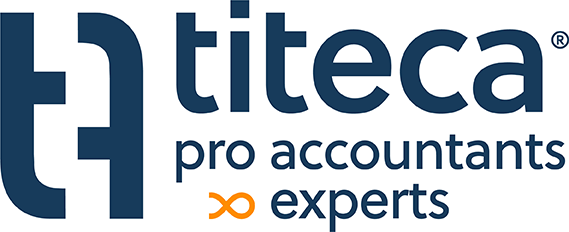1. The bridging right for self-employed workers operating in the construction sector: easing the conditions of application.
The impact of the coronavirus is being felt particularly hard in the construction sector, among others. Various government measures, including the requirement for social distancing, are making it quite difficult for construction companies to continue operations.
However, until today, construction companies are not required to close, so the self-employed operating in the construction industry could only claim the bridging right if they could prove that they had ceased operations for at least 7 uninterrupted calendar days.
The Social Security FPS is now responding to the sector's complaints by equating the construction sector with a sector that is "compulsorily" closed, for the purpose of applying for the bridging pension. As a result, a self-employed worker active in the construction sector can automatically claim the bridging allowance for the months of March and April, without having to demonstrate a temporary cessation of activities for 7 uninterrupted calendar days, and without actually being obliged to close down his or her business.
Work outside the home or in vacant buildings may be continued provided that the social distancing rules are observed at all times. Work inside inhabited buildings may only be continued if it is urgent: for example, urgent repairs or inspections.
Thus, although companies in the construction industry are still allowed to continue with the bulk of their operations, they are treated the same as companies that are required to close down for the purposes of the bridging right, so one can easily claim the bridging right.
All companies that carry out activities falling within the scope of Joint Committee 124 are eligible: for example, self-employed construction workers, painters, plumbers, etc. can claim the bridging right without having to demonstrate an interruption of at least 7 calendar days. Directors of a construction company are also eligible for the relaxed bridging entitlement.
This relaxed arrangement applies only to the self-employed in the construction industry, and therefore not to the self-employed operating in other sectors in which there is no compulsory closure .
2. The interpretation of the notion of "family burden" in the context of bridging law.
Self-employed persons who can make a claim on the bridging right are either eligible for the so-called single person benefit of 1291.69 Euros per month, or a family burden benefit of 1614.10 Euros per month. However, there is still a great deal of uncertainty as to how exactly the notion of "family burden" should be interpreted.
A self-employed person is only entitled to the bridging right with family burden when he/she can prove that there are family members dependent on him/her. This could possibly be the children, but also the partner of the self-employed person.
When the Self-employed person living with his/her partnerOnly that partner can give rise to a benefit with family expenses. In the event that a self-employed person therefore lives with both his/her children and a partner, a benefit with dependants can only be paid if it appears that the partner is a dependant. That is the case when this partner has an income or benefits of less than 1009.84 euro per month.
A Self-employed single person with children can obtain a benefit with family expenses if he/she has dependent children. In other words, if there is no partner, the children are taken into account. The children can only be the parent's dependents if they are registered with him/her by the health insurance fund. Two self-employed parents who have children together but are divorced and currently both single, have to verify with their health insurance fund with which parent the children are registered as dependants. Only one of the two parents will be able to claim a family allowance.
Here are some examples for clarification:
- The self-employed person who lives with a partner with no income and with children: the self-employed person receives a benefit with family burden.
- The self-employed person who lives with a partner with an income > 1009.84 euros per month and with children: the self-employed person receives benefits at the single rate.
- The self-employed person who lives with a partner who also applies for the bridging pension: both receive a benefit at the single rate.
- The single self-employed person living with his/her children: the self-employed person receives benefits with a family burden.
- The divorced parent with dependent children but who has already found a new partner with an income of his own: the self-employed person receives an allowance at the single rate.
3. More information regarding the compensation premium
Because of the coronavirus measures, some companies are experiencing a serious decline in sales due to the National Security Council's operating restrictions. To support them financially, the corona compensation premium was created. The corona compensation premium amounts to € 3,000. For those with a secondary occupation, the premium is €1,500, even if the self-employed person was forced to close down.
This corona compensation premium was approved by the Flemish Government on Friday, April 10. An application is currently not yet possible. VLAIO aims to put the digital application module online by May 1.
The premium will be available for application until June 30.




